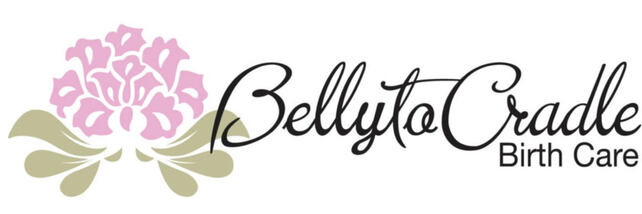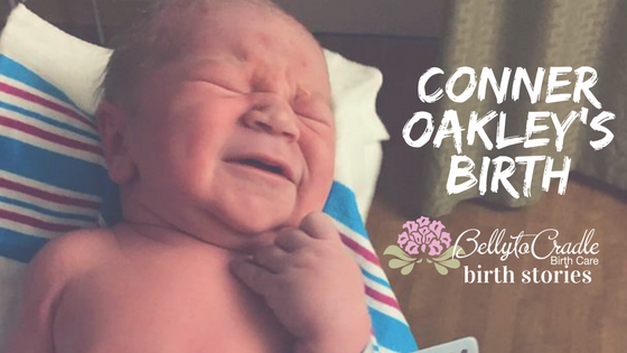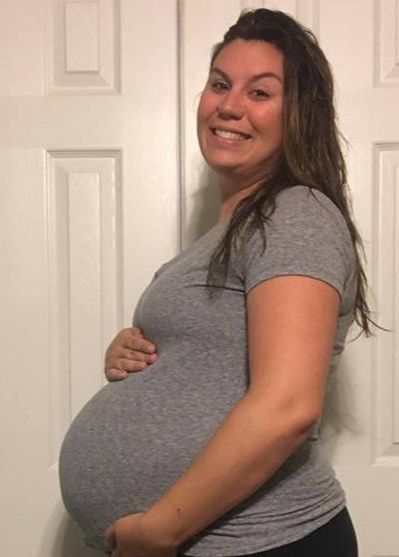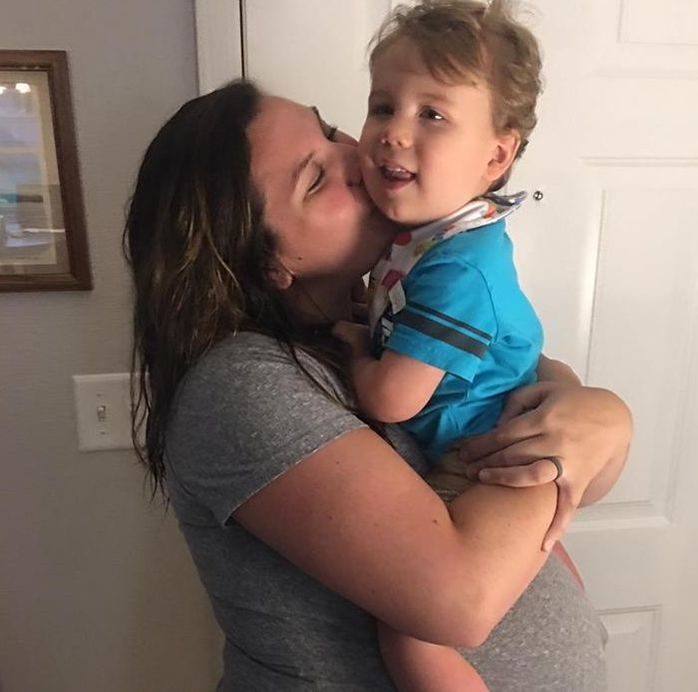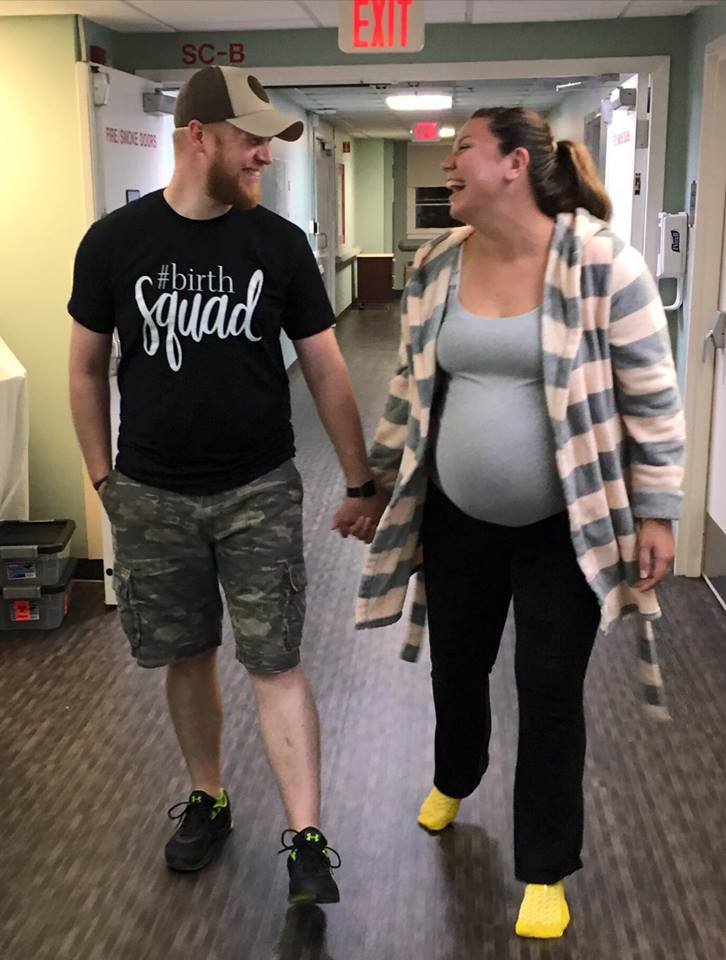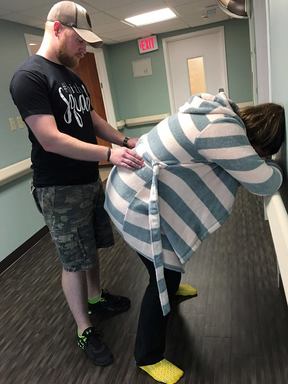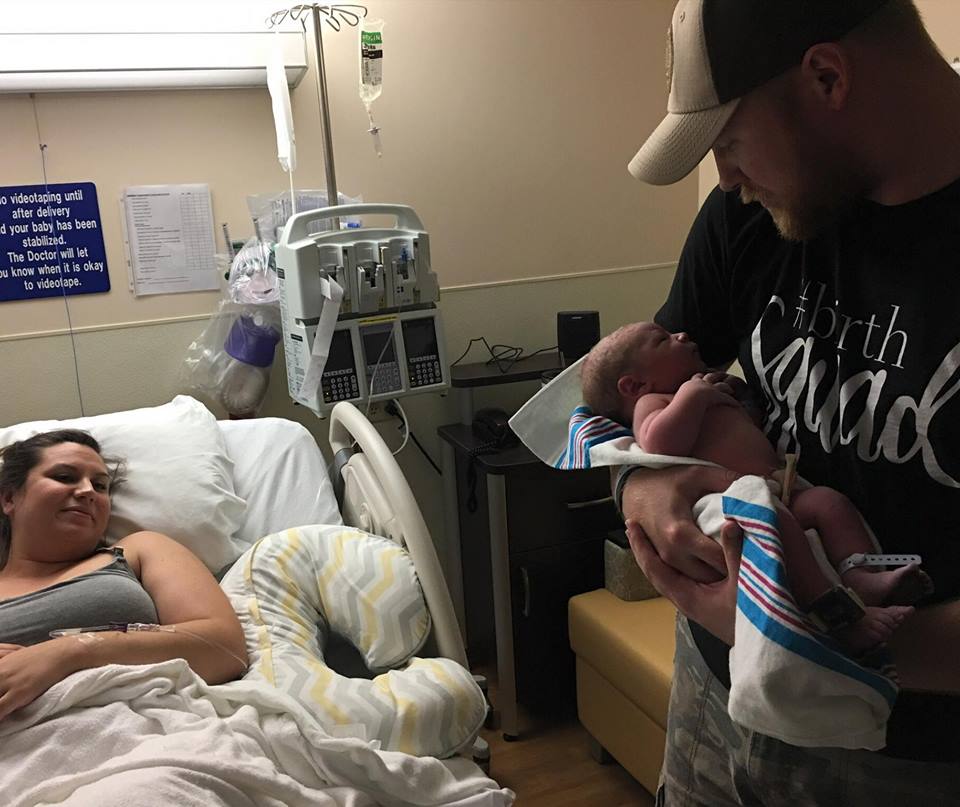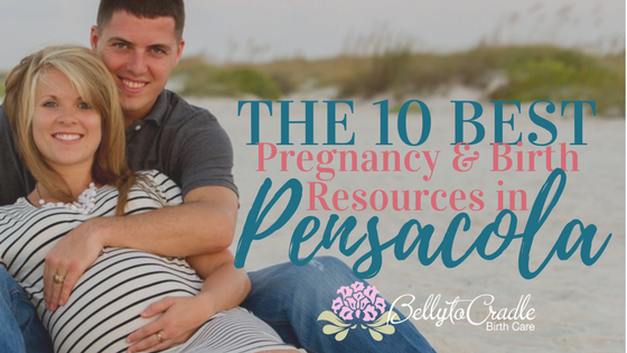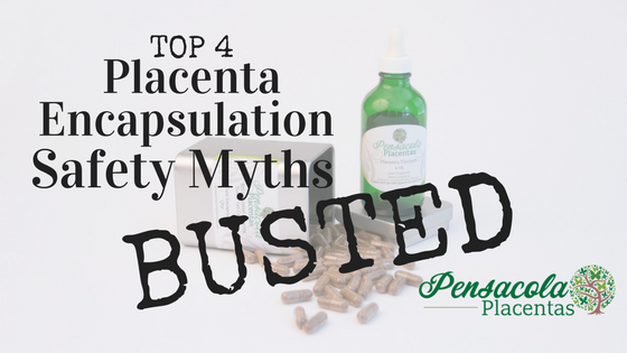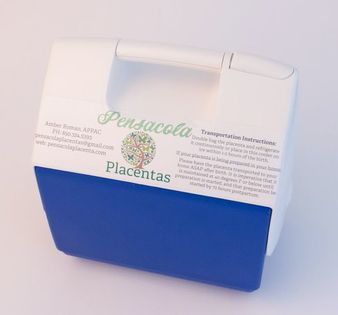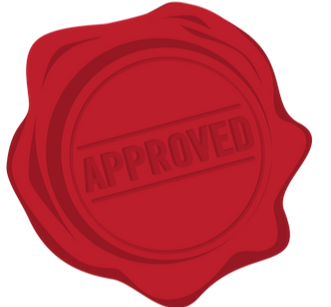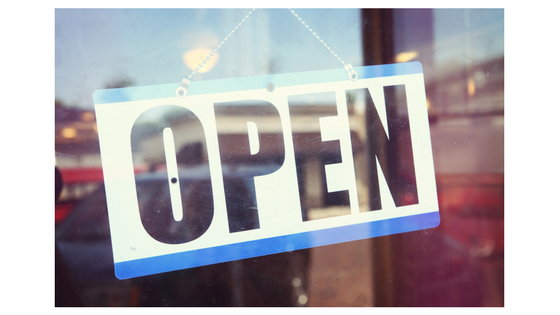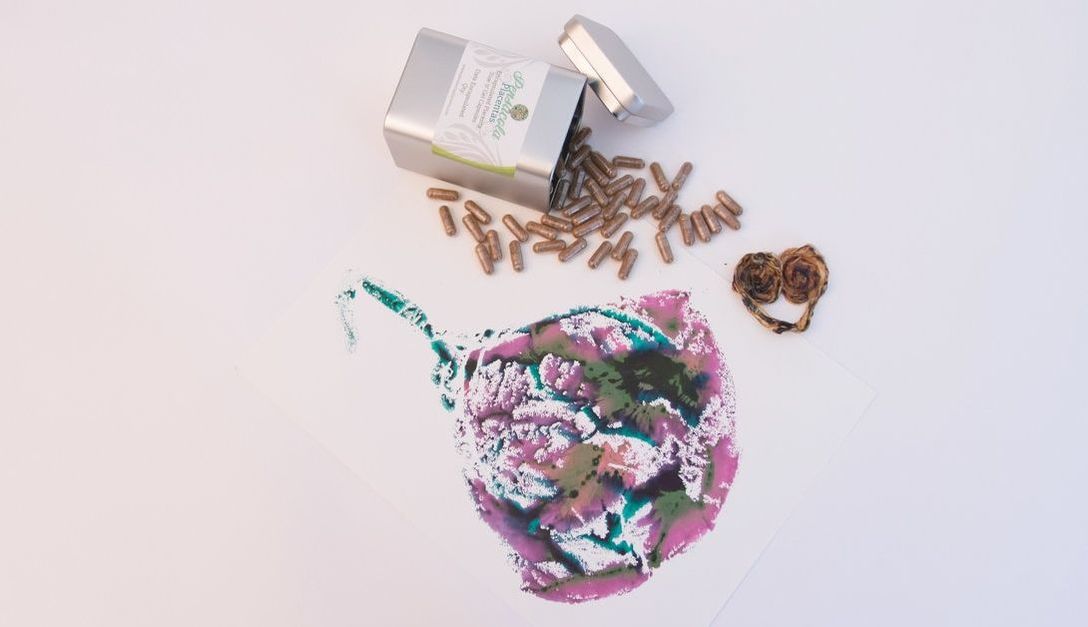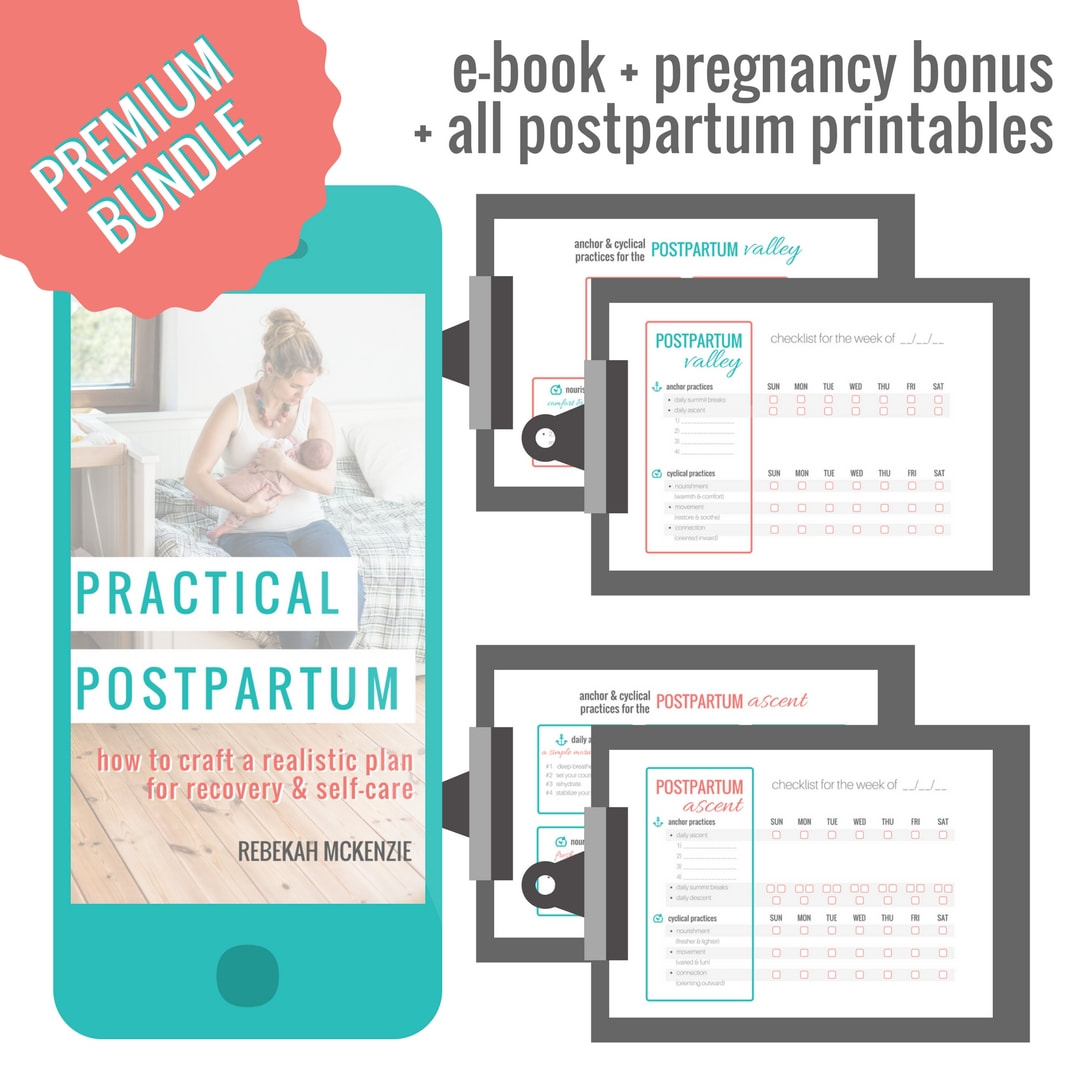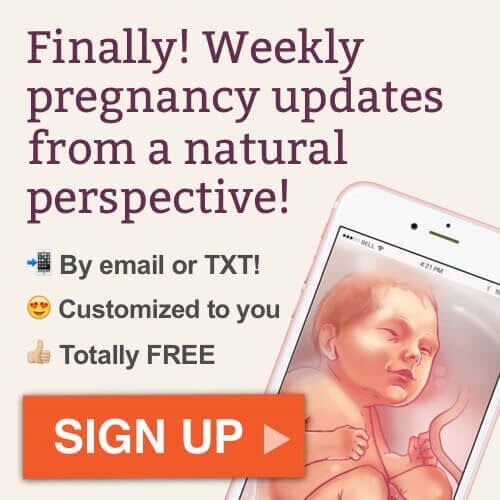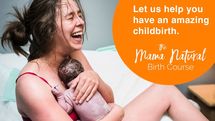|
I was due June 14, 2017, bur Conner Oakley Smith was following in his big brother's footsteps by making himself comfortable and staying in mommy's tummy as long as possible. This was my second pregnancy, and I was pleasantly surprised to find it was going extremely well and was very similar to my first... healthy all around with some heartburn being the main thing I could complain about. My weight gain and energy levels were soooo much better this pregnancy though, and I have my new healthy lifestyle to thank for that. As my due date came and went I found myself surprisingly at peace with the fact that I was still pregnant. I had already mentally prepared myself the entire pregnancy in case I went past my due date again, so the pressure of baby not arriving yet wasn't there as badly as it was with our first son Trever. The day before my due date and the day after, I decided to try acupuncture with Paul at Joint Venture Chiropractic to help my body prep for delivery. I found it to be very relaxing even though I hate needles! On Friday, June 16th, we went in for an ultrasound to see how Conner's overall health and growth were doing. He was absolutely perfect and there was no reason for concern. That evening, Dan's parents watched Trever so we could go on one last movie date to the theater. During the movie I was having a lot of discomfort, some contractions, but nothing to make me think a hospital trip was in the near future, although that night I didn't sleep very well. I was having a lot of discomfort in my lower back and Conner was extremely active, kicking & punching, as if to say he wanted out! I woke up Saturday morning, June 17th, and just felt... different. I couldn't put my finger on it, but it felt like something was going to happen soon. I made all three of us a delicious pancake breakfast & while sitting down to eat it Dan decided to text my mom to see if she would be willing to watch Trever while we ran some errands. He could tell I wasn't comfortable and felt it would be best if we ran errands without having to also take care of our toddler. While out running errands my contractions were occurring every 5-7 minutes apart, but never got so intense that I couldn't continue walking or talking. We decided to eat lunch at Sam's Club and that's when I had my first very strong contraction... it was very intense and definitely felt like what I remember contractions feeling like in the early parts of my labor with Trever. We went home where I proceeded to clean my whole kitchen and do the dishes. I was texting our doula, Amber, this whole time and she suggested I lay down and relax because she felt I was having a baby that night even though I l had my doubts! After an hour of laying on the couch while watching TV, I started to have more and more contractions but they weren't staying as consistent as I would have liked. Amber sent me the link to how to do the Mile's Circuit (a variety of positions to put your body in to position baby for birth). I did the first position for 30 minutes and my contractions began to get strong but were still 5 minutes apart. For the next half hour I did the second position and that's when my contractions got to the point where I had to breathe carefully through them. I have a very high pain tolerance so the contractions weren't painful at this point, just "intense". After Dan made us a delicious dinner, we went on a walk. We brought our dog Kota along, and almost instantly I was having contractions every 90 seconds to 2 minutes apart! It was now that I finally realized that we were going to need to head to the hospital soon. I was doubting myself before that but now it became all too real. I managed to take a hot shower when we got back to the house despite having contractions every 2 minutes. After my inlaws came by to pick up Kota to take to their house, we drove over to my parents house to bring Trever's overnight bag and give him kisses & hugs. This was the last time I was going to see my baby boy before he became a big brother and I was emotional over it! Our drive to the hospital was only 15 minutes so I called the hospital to let them know we were on our way and would like a room with a tub. When we arrived they were all ready for us and brought us straight to our room. After 20 minutes of monitoring baby and myself, I received a saline lock in my arm just in case I needed any fluids. I was checked and it was determined that I was 6cm dilated and 100% effaced!!! Conner was still in 0 station so we needed to get up and move around to help him drop. We were than given the okay to walk the halls. With each contraction I would stop, hold myself against the wall, and slightly squat to help Conner get into the ideal birthing position. When we got back to the room around 9pm I received a wireless monitoring system with bluetooth connection so I could get into the tub. In the tub I was still having some slight back labor but with each contraction I was able to relieve the pressure from the weightlessness of the water. Soon I was starting to feel a lot of pressure down yonder with each contraction, so Amber & Dan felt it was best for me to get out of the tub. Upon standing up, I began to shake uncontrollably and have contraction after contraction right on top of each other! I was in transition!! They quickly helped me dry off and walk to my bed... stopping to breath with each contraction. When I got into bed, the nurse instantly put me into the fire hydrant position (imagine me on my side with my left leg up in a stirrup as if I were a dog about to pee on a fire hydrant haha). The nurse checked me at 10:10pm and I was now 9cm dilated which was probably a conservative guess because she couldn't feel my cervix and baby's head was very very low! They told me the doctor was on her way and that I needed to wait to push. My doctor, Dr. Erika Schneider, was not on duty that weekend so instead I had Dr. Tracey Doyle as my on-call doctor rushing to the hospital. Later I found out she was stopped by a train at one point and was able to get around it in record time somehow! Within a few minutes of being in this position my water broke. I remember a huge relief of pressure but also a sense of panic when it broke because I instantly felt like I could start pushing but the doctor wasn't there yet! With each contraction coming one on top of another, there were times I almost forgot how to breathe because I was too focused on the sensation of the need to push. Amber & Dan massaged my back and legs and towards the end Dan got into champion coach mode, got in my face, and had me breathe exactly like him. We had three different types of breaths that while doing them, physically made it impossible for me to push. Dan was amazing!!!! He kept me encouraged and repeatedly told me how incredible I was and that he was so proud of me! I was about to have another baby y'all!!! At roughly 10:34pm, the doctor walked in and asked me if I was ready to push... YES, I was definitely ready! They had me hold my legs and on the first push I was a little hesitant because I was in shock that everything progressed this quickly and I was actually able to start pushing! Three pushes later at 10:41pm, I felt the ring of fire and Conner made his appearance! I did it!! I had gone into labor on my own and had another successful unmedicated birth and it was seriously the best experience I could have asked for! 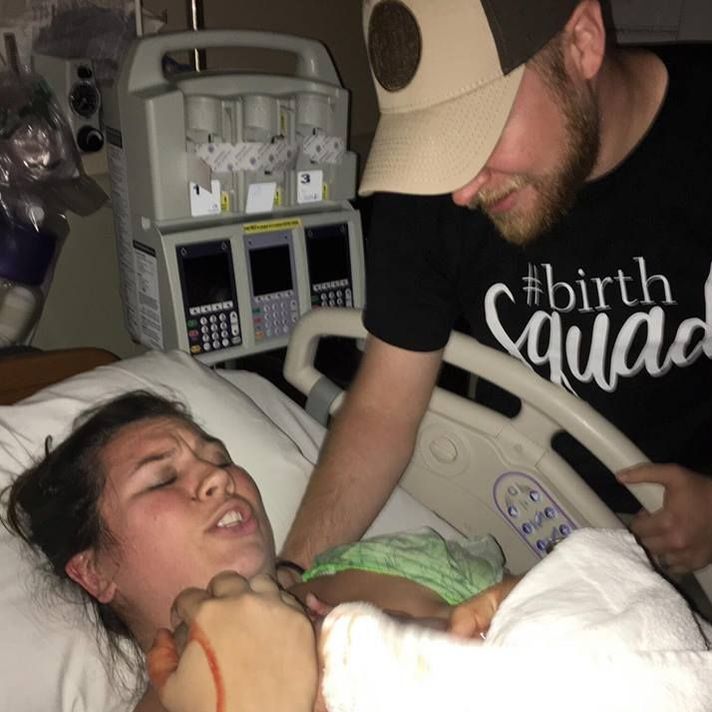 After an hour of skin to skin, delayed cord clamping, and a successful first feeding, they weighed him in at 8lb 11.2oz and 19.5 inches long. He was perfect! After I birthed the placenta, I once again had Amber save it to be dehydrated down into capsules to take as a postpartum recovery supplement. Since it was so late, only my parents were able to come to the hospital that night to meet the new little addition. The next day was Father's Day and what an unforgettable Father's Day it was! I am so thankful for my amazing supportive #birthsquad, Dan & our doula Amber! Also, so thankful to God for his protection and sense of peace during the entire pregnancy, labor & delivery.
Welcome to the world Conner!
2 Comments
 Lauren, CLD, PES Lauren, CLD, PES Isn’t summer in Florida fantastic? The beaches, the unpredictable weather, the hair-raising humidity… Pregnancy in the southern summer can be agitating. Researching the best local resources can be even more frustrating. So I’ve compiled a list of shops, groups, meetings, and people that I personally recommend as a must visit, do, or buy during and after pregnancy. 1. Chiropractic Care Carrying another human life inside you can take a toll on your entire skeletal system. Dr. Kaitlin Ross at Joint Venture Chiropractic will take the highest standard of care for you and your little one before and after delivery. Babies can benefit from chiropractic care as well. Click here for more information on infant chiropractic care. 2. Le Leche League Pensacola Breastfeeding isn’t always easy. Finding a support group doesn’t have to be. LLL of Pensacola holds meetings “to help mothers to breastfeed through mother-to-mother support, encouragement, information, and education, and to promote a better understanding of breastfeeding as an important element in the healthy development of the baby and mother.” You can find their meeting schedule on their Facebook Page. 3. ICAN of Pensacola A newest resource for cesarean birth mothers is the Pensacola Chapter of ICAN (the International Cesarean Awareness Network). ICAN is a “nonprofit organization whose mission is to improve maternal-child health by preventing unnecessary cesareans through education, providing support for cesarean recovery, and promoting Vaginal Birth After Cesarean (VBAC).” This could be a turning point for VBAC rates in Pensacola, and it is certainly a much-needed resource here since as many as 1 out of 3 moms in Pensacola have had or are facing cesareans. 4. Storkland Now, if you’ve ever been to Storkland, GET OVER THERE, GIRLFRIEND! You can get lost in there. Truly. Tell a trusted friend to call and check on you if they don't hear from you by a certain time. DO NOT tell your significant other (JUST KIDDING). They have EVERYTHING ranging from breastfeeding supplies, amber and hazelwood jewelry, car seats, baby wearing products, cloth diapers, and every nursery theme you can think of. Storkland is one of those places that carries many products that you can’t find it at chain department stores. They also provide gift wrapping and specialized registries. Be careful sitting in their nursery rockers, you may never get up. 5. Emerald Coast Birth Resources A list of local professionals ranging in knowledge from birth, mental health issues, breastfeeding, caring of the newborn, and fitness can be found here. Aside from brick and mortar resources, the support of fellow mothers and credentialed professionals is essential to making your journey from pregnancy, through birth, and into parenthood as smooth as possible. 6. L.E.A.P.S. “Love, Encouragement, and Postpartum Support” is the motto of this fantastic mothering support group. Connecting with other mothers and being able to open up in a safe space can take the world’s weight off of your shoulders. Being a parent is tough cookies, you don’t have to do it alone. They meet twice a month at the Community Educational Center at Ever'man's Cooperative Grocery. AND just this week, they have added two new meetings specifically for parents of black and brown babies! See their Facebook page for more information on meetings. 7. Pensacola Therapy Services Did you know that approximately 1 out of 7 women will experience a mood disorder such as depression, anxiety, or OCD? And mood disorders aren't just for the postpartum timeframe! They can happen during pregnancy as well. We are so fortunate to have this amazing resource in the area--the owner of Pensacola Therapy Services, Eileen Wolfe, has done extensive training with PSI (Postpartum Support International) and specializes in the diagnosis and treatment of mood disorders pertaining to pregnancy, birth & the postpartum. If you or someone you know is pregnant or with a new baby, and struggling with feelings or thoughts, contact Eileen today through her website! 8. Maternity, Birth & Newborn Photography You always want to have the perfect photos for the once-in-a-lifetime moments. Amanda at Finding Beauty in the Ordinary specializes in everything pregnancy, newborn, and family (in fact, she took many of our website pictures as well as the picture in the blog header!). If you desire to capture the precious moments of birth, Natalie Zepp or Cassie Ringl would be the people for you! 9. Mom-Baby Circle Ever need a moment to just sit and have non-structured adult conversation? Located at Old Thyme Remedies, Mom-Baby circle meets several times a month. Moms with babies and toddlers 3 years old and under are welcome to drop in. There’s no fee and it is facilitated by Belly to Cradle’s doulas (come see ME!). You can visit their Facebook Page and click on the Events tab for their next meeting time. 10. The Belly to Cradle Resources Page Looking for a childbearing resource not listed here? Pregnancy-specific fitness options, health food stores, or a list of all the OBGYNs in town?? Then have we got the directory for you! We have worked hard to provide a robust list of all the possible services YOU might need for your pregnancy, birth & postpartum--and if you know of a resource that's not on the list, or you are a provider and would like to be added, PLEASE contact us--we'd love to know about it! Happy Summer-ing! Your Doula With Pearls, Lauren  Amber, RN-BSN, ICCE, ICD Amber, RN-BSN, ICCE, ICD Back when I first started encapsulating placentas, way back in the olden days of 2011, things were a lot different. People talked about it in whispered conversations with looks of "Ewwww!" on their faces. I didn't even mention that I encapsulated placentas to 99.5% of the people I knew--and I didn't know of anyone else in town who provided the service. There was maybe one training organization for placenta encapsulation, and carrying placentas out of the hospital in unmarked coolers felt like black market smuggling. Well here we are, nine years later, and boy things are different. Tons of providers. Tons of talk about it on social media. Several certifying organizations. AND, instead of placentas being whisked out of hospitals in the dark of night, specialists (including myself) proudly provide branded coolers for placenta collection and storage. And instead of preparing the occasional placenta here and there, it's a THING for many encapsulation specialists who now prepare ten, twenty, even forty placentas a month! So now that it's more than socially acceptable to utter the words "placenta encapsulation", AND since 1) we've seen TONS of questions from moms on social media and 2) we've also seen TONS of potentially misleading information and unsafe practices being publicized, I'm about to bust the Top 4 Safety Myths we've come across about the process. Myth #1: Training Doesn't Matter Anyone can encapsulate a placenta. I mean how hard can it really be? All you do is cut it up, dry it out, grind it up and stick it in capsules, right? Let's rewind to 2011 when I was first asked by a childbirth education client about placenta encapsulation. Placenta encapsulation?? I had heard the term whispered in Facebook groups about birth, but I didn't know anyone who actually did it. And there was very little information on official training programs out there. When I started to do my research, it seemed like a majority of providers had learned from another provider or the always-available University of Google. I originally chose to train with a lovely midwife out of the local area who had been handling and processing placentas for her entire career--close to 40 years. And then I supplemented what she taught me with information from UOG (University of Google) and the knowledge base I had from several prior food handling certifications to make my offerings as safe as I thought I possibly could, not only for my clients but for my family. Well guess what? When I started my official certification in 2014 I was BLOWN AWAY by all the information I had overlooked, not known, or not found during my self-implemented training program. My training was so thorough that I realized I had only been cutting corners by not seeking official, structured training in the first place. And now, when I get inquiries from folks saying they are clients, but asking very specific questions about how I process, I sometimes wonder if they are actually trying to get into the industry the "old-fashioned way"--depending on information from already-established providers, and the good ol' U of G. A good training course will cover:
SO, be sure to look into your prospective placenta specialist's training. If you find pictures of their organization's training students barefoot with minimal personal protection, common sense says it might be worth thinking again before training with them OR hiring someone trained by them.
Myth #2: DIY Is the Way To GO!! Or is it? While doing your own placenta encapsulation might save you a few bucks when you've already shelled out a ton for baby supplies and medical bills, it could end up costing you in the long run. It's definitely POSSIBLE and maybe even necessary to process your placenta yourself, especially if you can't find a qualified provider in your area (like the missionary family I know who moved to Thailand this year). But...
Myth #3: Placenta Encapsulation is Regulated Um. Nope. It's not. This is both fortunate and unfortunate. Fortunate because if it WAS regulated, it would likely make the process prohibitively expensive and not very accessible to the common mother because of the licenses and facility standards that would be required (think...pharmaceuticals.) It's unfortunate because it sets the stage for specialists setting up shop who are practicing with little to no training in potentially unsafe environments, AND clients who don't know what the standards SHOULD be. So know this:
Myth #4: Placenta Encapsulation Should Never Happen in the Specialist's Home This is a commonly-held opinion; in fact there are two training organizations that require or strongly encourage specialists to ONLY prepare placentas in the client's home. Some clients do want this, BUT preparation in the client's home is not always the safest, when you consider things like kids, pets, or personal food prep alongside the placenta preparation process, and ESPECIALLY considering some of the things I have encountered while preparing placentas in client homes (preparation starts on one day and ends the next day) such as:
Here at Belly to Cradle/Pensacola Placentas, we are always down to answer any and all questions or concerns you might have about hiring us to prepare your placenta! So ask us--we'd love to provide safe, reliable, professional, and transparent placenta preparation for you! Visit the Pensacola Placentas website for more details and to book today! Questions to ask your Placenta Preparation Specialist:
|
This is us.We are Women. We are Moms. We are here to help your family blossom. Archives
September 2019
Search
All
|
Building 4
Pensacola, Florida, 32504
We proudly provide
Childbirth Education, Placenta Encapsulation, Lactation Consultations & Doulas
in Pensacola, Milton, Pace, Gulf Breeze, Navarre, Crestview, Ft. Walton, Florida.
Copyright 2017, Belly to Cradle, LLC.
Photo Credits: Kayla Reeder Photography, Lynette Sanders Motherhood Photography,
Savanna Morgret Photography, Finding Beauty in the Ordinary Photography,
& New Light Birth Photography
|
|
